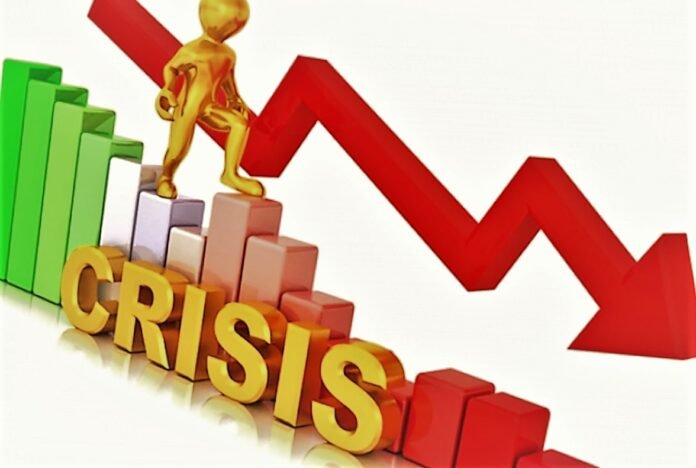Embarking on the Economic Labyrinth: Decrypting the Recession Riddle
When Prosperity Sneezes
Visualize the economy as an intricate, ever-evolving entity. Yet, what transpires when prosperity sneezes? Recessions, akin to sniffles, manifest as intervals when economic expansion falters or recoils, impacting countless lives. Fear not! This composition shall unravel the enigmatic recession, rendering it intelligible.
Vital Signs: Economy’s Telltale Metrics
Comprehending recessions necessitates discerning vital economic signs. These encompass:
- Gross Domestic Product (GDP): Aggregate of goods and services generated within a nation during a designated span.
- Unemployment Rate: Labor force proportion actively job-hunting but failing to secure employment.
- Consumer Expenditure: Funds disbursed by households on commodities and services.
- Entrepreneurial Ventures: Capital invested by firms in procuring equipment, constructing infrastructure, and augmenting operations.
- Inflation Index: The velocity of the general price increase for goods and services.
The Financial Tempest: Recognizing Recessions
Recessions transpire when economies endure a notable decline in activity for a minimum of two successive quarters (half a year). This abatement typically corresponds with dwindling GDP, escalating unemployment, and plummeting consumer and business expenditures.
But what ignites such financial tempests? Let’s delve into the underlying triggers.
The Hidden Catalysts: Recessions’ Origins A. Chain Reaction: Business Cycle’s Domino Impact
Economic activity inherently fluctuates, constituting the business cycle with four stages: expansion, zenith, contraction, and nadir. Recessions usually emerge during the contraction phase as economies contract. Numerous factors prompt this shrinkage, often invoking a domino effect where one industry’s downturn provokes a cascade.
Shaken Assurance: Financial Crises
Financial crises can precipitate recessions when faith in the financial framework falters. This typically incites a credit squeeze, as banks become reluctant to extend loans, compelling businesses and consumers to curb spending. The 2008 financial crisis, originating from the US housing market collapse, exemplifies how a financial crisis can engulf an economy in recession.
Invisible Hand: Government Policies
Occasionally, government policies inadvertently exacerbate recessions. For instance, drastic public expenditure cuts or abrupt interest rate hikes can suppress demand for products and services, ultimately causing recessions.
Battling the Turbulence: Governmental Recession Countermeasures
Governments employ diverse strategies to support their economies during recessions, typically utilizing fiscal and monetary policies.
Fiscal Policies: Aiding Hand
Fiscal policies involve modifying government expenditures and taxation to influence economic activity. Governments might augment spending or curtail taxes during recessions to spur demand and revitalize the economy.
Monetary Policies: Central Bank’s Arsenal
Monetary policies entail central bank endeavors to regulate money supply and interest rates. Central banks may reduce interest rates or undertake quantitative easing—purchasing government bonds to infuse capital into the economy—during recessions.
Escaping the Murk: Recession’s Termination
As with a cold, economies recuperate. Recessions cease when economies resume growth, and vital metrics such as GDP, unemployment, and consumer expenditure exhibit progress. Confidence restoration prompts businesses to invest and consumers to spend, engendering economic expansion. Note that recuperation rates vary; some recessions precede swift growth, while others witness a sluggish, incremental resurgence.
Hidden Boons: Recession Wisdom
Though distressing and arduous, recessions impart invaluable lessons to governments, enterprises, and individuals. Recessions accentuate the necessity for economic diversification, astute risk management, and judicious financial planning. Furthermore, they may foster innovation and novel opportunities, as companies adapt to shifting circumstances and capitalize on nascent markets.
Unraveling the Recession Enigma
Recessions, while mystifying, constitute an inextricable aspect of the economic panorama. By grasping their causes, indicators, and potential countermeasures, we can better traverse these financial downturns and even uncover avenues for growth amid adversity. Although recessions may induce temporary hardships, they simultaneously serve as reminders that economies, akin to living organisms, persistently evolve and acclimate to change.
Google News | Telegram
















